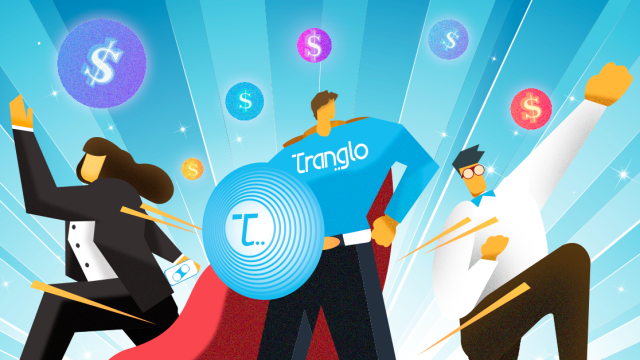Web3 has far-reaching impacts, especially in financial solutions. This next generation of web development is attractive to many because decentralised tech puts the control and power back in the hands of users instead of specific companies or governments. In theory, this version of the Internet is much more interoperable and provides more data security, all while eliminating centralised intermediaries.
In payments, the fundamental difference between Web2 and Web3 is decentralisation. Web2’s payment infrastructure is based on centralised banking systems which excludes people without bank or formal accounts. In Web3, native payments using cryptocurrencies and blockchain are open to anyone, free of traditional, high-cost intermediaries.
Globally, many payment providers have been testing the viability of Web3 payments. One of them is PayPal. Besides implementing blockchain technology in its payment rails, such as allowing cryptocurrencies to be traded via its platform, the payment giant wants to launch its own stablecoin, according to early 2022 reports.
Increasing adoption in Southeast Asia
Southeast Asia, already one of the world’s fastest growing online markets, has huge potential to become a global leader in Web3-based finance. There are around 480 million Internet users in Southeast Asia, according to a report by Pinebridge Investments. Despite the fact that 70% of its population are still underbanked or unbanked, its online economy is poised to grow to USD1 trillion by 2030, with 40% of global consumption online estimated to come from the region by 2040.
One of the main examples of Web3 payments in the region is Vietnam-based Axie Infinity, the gaming platform that has achieved global success with 2.5 million players buying, selling and storing crypto earnings.
In the B2B scene, many institutions have started developing blockchain and crypto settlement capabilities. For example, the Asian Development Bank is trying to make cross-border securities transactions more secure and efficient via blockchain. In March 2022, we launched Ripple’s On-Demand Liquidity service in all our payment corridors, leveraging the digital asset XRP and blockchain technology to eliminate traditional prefunding, allowing remittance operators to increase their cash flow.
Understanding challenges of Web3 payments
The Web3 conversations around payments ride on the assumption that adopters are united in goals and have reached an adequate literacy level. The current iteration of Web3, with its technicalities and jargon, are simply too complex for the masses. For those in the payment business, having to do it all yourself may not make sense cost-wise. Web3-based payment systems are also vulnerable to volatility. Decentralised currencies without centralised control fluctuate wildly, resulting in high transaction costs and making cross-border trades difficult.
In theory, Web3 can seamlessly connect a merchant or e-commerce site with point-of-sale (PoS) devices and allow users and businesses to transact in cryptocurrencies using mobile wallets. However, mobile wallet operators remain cautious about its application. Grab Financial Group’s Chris Yeo said the fintech giant is “approaching crypto in a measured way by only working with platforms and players recognised by regulators”. This includes “having the right KYC processes in place” to mitigate risks. This is a compelling point. Like Yeo, most businesses include blockchain and crypto in their conversations, but still pivot to regulators (centralised institutions) for stability and compliance.
What do we think?
We think it depends on what you’re trying to achieve. If you would like to place your trust in technology and have technical competency (or a team), decentralised finance is for you. If you want to share risk and still place your trust in institutions, go with a solution that combines the best of traditional centralised financial systems and decentralised blockchain solutions.
The ultimate goal should be to simplify payments instead of overcomplicating it. Web3 or decentralised finance should open a lot more business opportunities globally, so doing a cost-benefit analysis remains more important than ever. But that’s a story for another day.







